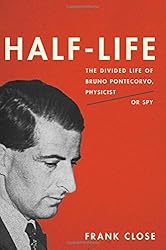The University of Oxford’s Blavatnik School of Government defined an index to track containment measures for the coronavirus. For The New York Times, Lauren Leatherby and Rich Harris plotted the index against cases and hospitalizations:
When cases first peaked in the United States in the spring, there was no clear correlation between containment strategies and case counts, because most states enacted similar lockdown policies at the same time. And in New York and some other states, “those lockdowns came too late to prevent a big outbreak, because that’s where the virus hit first,” said Thomas Hale, associate professor of global public policy at the Blavatnik School of Government, who leads the Oxford tracking effort.
A relationship between policies and the outbreak’s severity has become more clear as the pandemic has progressed.
States with more restrictions tend to have lower rates.
From these plots, it seems clear what we need to do. But I think most people have made up their minds already, and the interpretation of the data leads people to different conclusions.
With the holidays coming up, I just hope you lean towards clarity.
Tags: coronavirus, mask, New York Times, shutdown, University of Oxford


